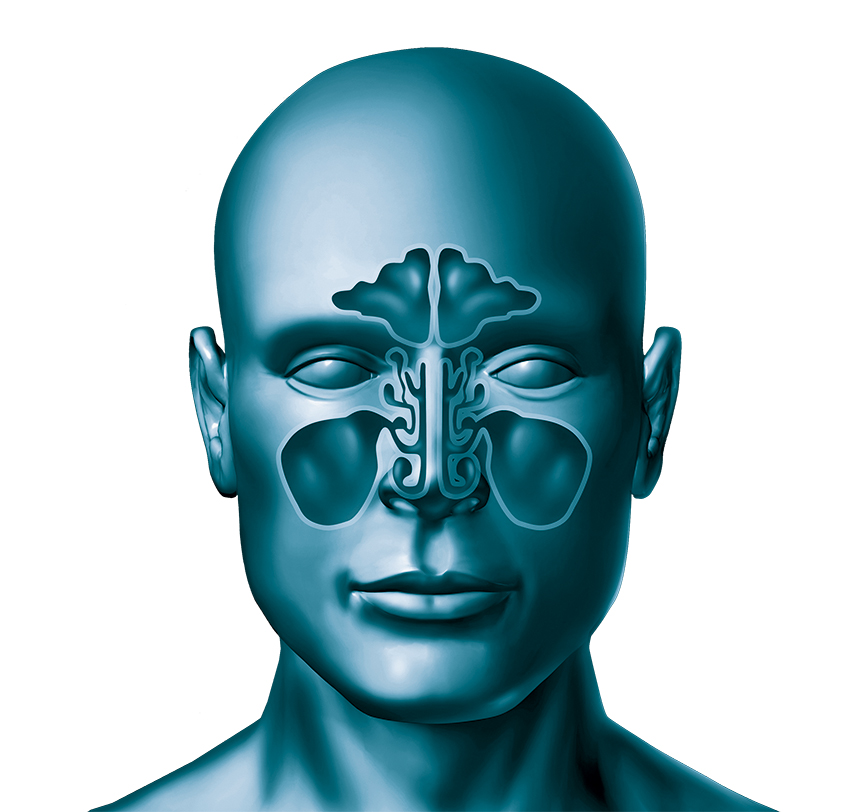As well as giving us the ability to smell, the nose plays an important role in the respiratory and immune systems and also contributes to our ability to hear and taste. So it's no wonder that nasal conditions can make us feel particularly unwell.
To understand how conditions affect the nose, it's important to know a little about its structure.

The nose is made up of a combination of bone and cartilage. At the top, around the bridge, the structure is bone. Towards the front, the nose is mostly cartilage and this continues inside, where a cartilage called the nasal septum divides the nose into two halves. Air enters into each of these halves through the nostrils. Towards the back of the nose, the two nasal cavities join together.
The entire nasal cavity is lined with a membrane that produces a thin film of clear mucus. This helps humidify the air we breathe in and traps particles like allergens, bacteria and viruses. If the inside of the nose is too dry, its various functions will be impaired.
The sinuses are four pairs of air-filled cavities found in the bones of the face, around the nose and eyes.
The mucus membrane that lines the nasal cavity also coats the inside of the sinuses. Mucus produced here drains into the nose. Anything that blocks this drainage can lead to a build up of pressure in the sinuses, which can be felt as sinus pain or a headache.
If the sinus cavities become blocked, bacteria in the mucus may grow, leading to a sinus infection.
